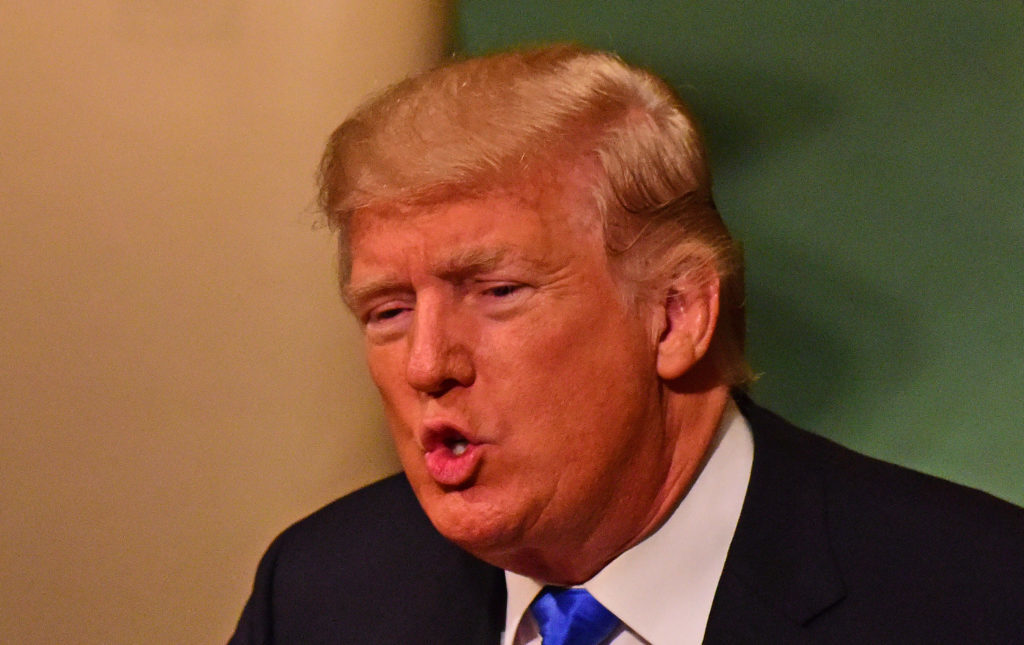Donald Trump’s incoherent charade just got even darker

We all knew the Republican National Convention was going to be a car crash, and braced for the worst when it was revealed that Patty and Mark McCloskey, the racist couple (and indicted criminals) who proudly posed with their guns pointed at protestors in St. Louis had been invited to speak. Yet somehow, the convention has exceeded expectations in terms of awfulness – with a vile mix of bigotry, hypocrisy, nepotism and paranoia on display for all to see. The first night was so awful that even Trump advisor Peter Navarro called the overall convention dark and dim, with its dystopian vision of the country. If Republicans can’t even bring themselves to watch or listen to this nonsense, what’s going on here?
Joe Biden’s presidential campaign got it exactly right when they called it for what it was: An “incoherent charade” that was “sad, underwhelming, and devoid of vision to the point that it bordered on self parody.”
While the Democrats offered four nights with a full spectrum of differing political ideologies coming together for the good of the country, and endorsing a substantive agenda to help the country recover from COVID and reopen its economy, the Republicans have so far offered two nights of ranting about freedoms disappearing and being under siege, presumably by the same forces that Donald Trump ranted about back in 2016 when he ran for president under the guise that only he could fix it. The lies are now obvious.
However Republicans spin this, in the end they’re playing the victim in the desperate hopes that their political fortunes might change – something that hasn’t been resonating too well with voters, particularly anyone in the middle. This doesn’t mean we should count them out and get complacent, however – it means we need to take charge now – registering voters and making phone calls on behalf of Democrats down the ballot so we can defeat them soundly on November 3.
James Sullivan is the assistant editor of Brain World Magazine and an advocate of science-based policy making
